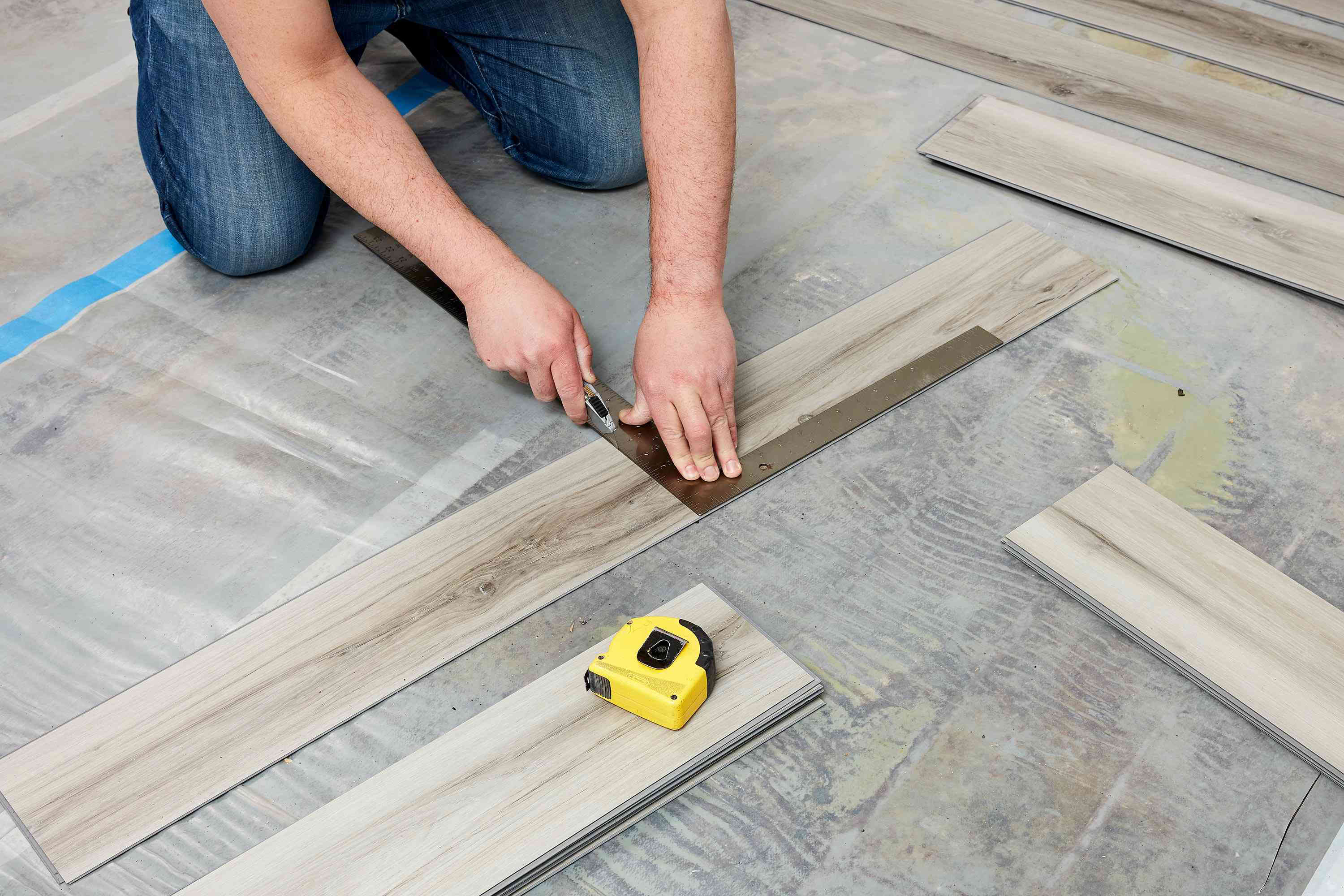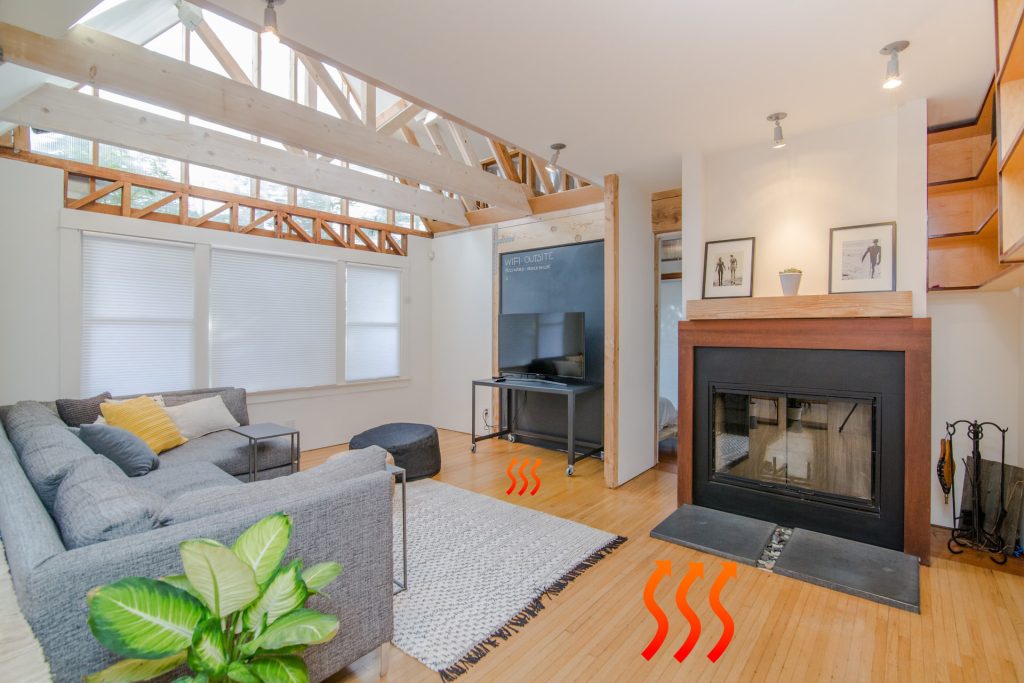You’ve just installed beautiful new vinyl plank flooring, and now you want to warm up your home. Can you throw down a radiant heating system beneath it? This question, while seemingly simple, dives deep into the world of flooring compatibility and the complexities of heat transfer. This article will dissect the topic of vinyl plank flooring and radiant heating, exploring the pros, cons, and factors to consider before embarking on this project.

Image: www.msn.com
Whether you are a homeowner considering a renovation or a flooring professional seeking to expand your knowledge, understanding the interplay between vinyl plank flooring and radiant heat can save potential headaches and ensure a successful installation. We’ll guide you through the intricacies of this pairing, equipping you with the information you need to make informed decisions for your home.
Understanding Vinyl Plank Flooring
Vinyl plank flooring, often a popular choice for its durability, water resistance, and affordability, has come a long way. While commonly associated with the “fake wood” look, modern vinyl planks replicate the appearance and texture of various natural materials with remarkable accuracy. These planks are usually composed of several layers, including a core layer made from PVC (polyvinyl chloride), a wear layer for protection, and a decorative layer mimicking the desired material.
The Allure of Radiant Heating
Radiant heating, also known as underfloor heating, provides a comfortable and energy-efficient way to warm up your home. Unlike traditional forced-air systems that heat the air, radiant heat warms objects directly, including your floor and the objects around you. This creates a more even and comfortable temperature distribution, eliminating the feeling of cold drafts commonly associated with traditional heating systems.
Can You Put Heat Under Vinyl Plank Flooring? The Verdict
The good news is that, in most cases, yes, you can install radiant heating under vinyl plank flooring. However, there are key considerations to ensure that both the flooring and the heating system function optimally. Here’s a breakdown of the pros and cons:

Image: mpglobalproducts.com
Pros of Radiant Heat Under Vinyl Plank Flooring
- Comfort: Radiant heat creates a comfortable, even temperature throughout your space.
- Energy Efficiency: By heating directly, radiant systems typically use less energy than forced-air systems.
- Aesthetics: With no bulky vents or radiators, radiant heat maintains a clean and uncluttered aesthetic.
- Versatility: Vinyl plank flooring is available in various styles and colors, easily complementing a radiant heating system.
- Allergy-Friendly: Radiant heat does not circulate dust or allergens like forced-air systems.
Cons of Radiant Heat Under Vinyl Plank Flooring
- Installation Costs: Installing radiant heating can be more expensive than traditional heating systems.
- Limited Flexibility: Once installed, modifications to the heating system can be complex.
- Compatibility Considerations: Not all vinyl plank flooring is compatible with radiant heating.
- Temperature Limits: Vinyl plank flooring has temperature limitations that must be respected.
Key Considerations for Compatibility:
While vinyl plank flooring can generally tolerate radiant heat, some considerations are crucial to ensure successful installation and long-term performance. We’ll delve into these critical factors:
1. Material Composition:
The composition of the vinyl plank flooring plays a significant role. Some core materials, like rigid core vinyl, are more heat-resistant than others. It is essential to consult the manufacturer’s specifications or seek expert advice to determine if your chosen vinyl flooring is compatible with radiant heat.
2. Installation Method:
The installation method for vinyl plank flooring also impacts compatibility with radiant heating. Some installation methods, like floating floors (installed without nails or glue), can cause issues with heat transfer. For optimal performance, consider a direct glue-down installation for vinyl planks over radiant heat.
3. Temperature Limits:
All vinyl plank flooring has temperature limitations, and exceeding these can lead to damage or warping. Carefully check the manufacturer’s recommendations for maximum floor temperature. Generally, vinyl plank flooring should not experience sustained temperatures exceeding 85°F.
4. Expansion and Contraction:
Vinyl plank flooring is prone to expansion and contraction with temperature changes. Ensure there are sufficient expansion gaps around the perimeter of the flooring to accommodate movement. A skilled installer will account for this factor.
5. Radiant Heating System Type:
The type of radiant heating system is another crucial factor. Electric radiant heating systems typically operate at lower temperatures than hydronic (water-based) systems. For optimal performance with vinyl plank flooring, it is often recommended to use electric radiant heating.
Can You Put Heat Under Vinyl Plank Flooring
Conclusion
Deciding to install radiant heating under vinyl plank flooring involves careful consideration. By understanding the pros and cons, compatibility factors, and essential guidelines, you can make an informed decision that suits your needs and creates a comfortable and energy-efficient home. If you have any doubts, consulting with a flooring expert or radiant heating specialist is always a good idea to ensure a successful and long-lasting installation. Your dream of warm, cozy floors beneath your feet is well within reach; it just requires a little planning and the right expertise.





